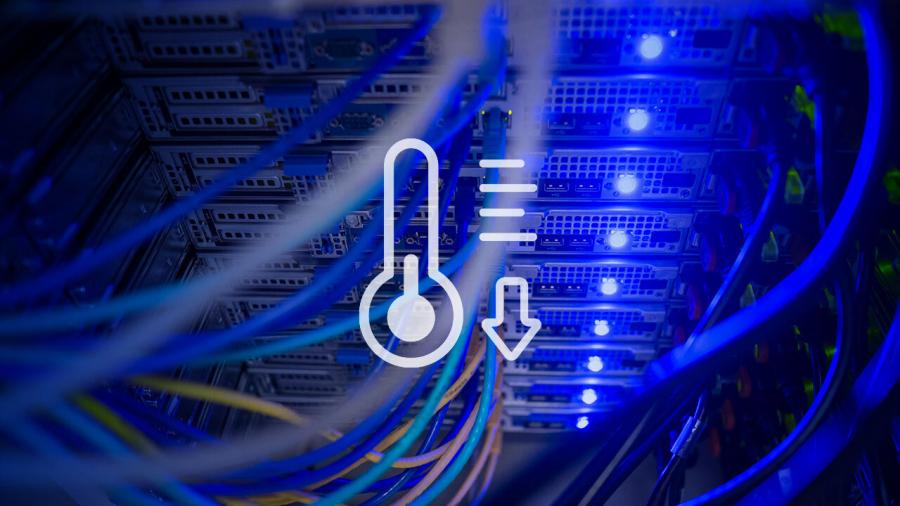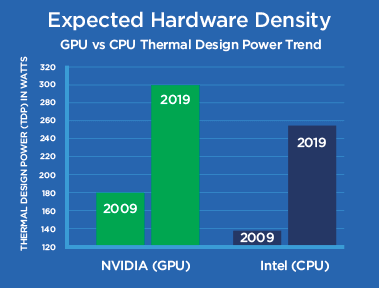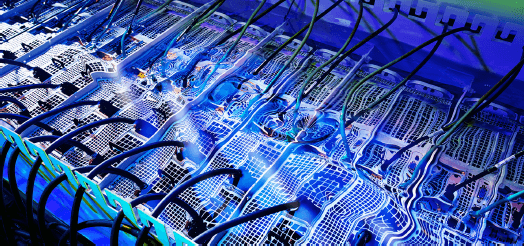New Trends and Refrigeration

Datacenters have evolved a lot over the years. Previously, these were made up of dedicated servers that were focused on solving a single service. Currently, each server contains several virtual machines that imply a much higher use of its resources. Also, more and more we are looking for lower latency, greater processing capacity and the use of AI and Data Analytics.
All these changes and new trends imply a much higher use of resources and, consequently, an increase in temperature within the data centers that must be controlled.
HFT
One of the new trends is HFT or High Frequency Trading. This practice involves doing thousands of transactions with minimal latency, as a lot of money is at stake. This trend means having very powerful performance and density in data centers is a must. To achieve this, GPU clusters are used, which allow much higher computing than CPUs.

The duo CPU with GPU causes a very high power consumption and generates much more temperature that must be controlled so damage to the machines is not caused. This heat must be controlled and dissipated effectively, otherwise, the service that is demanded will not be able to be given.
Liquid Immersion
Fortunately, there is a solution to this problem: liquid immersion. This is the best way, and according to the experts the only way, to dissipate all the heat generated in a room full of servers working with GPU acceleration.
This solution is capable of controlling racks that consume 100 kW of power.

The datacenter equipment is literally immersed in an electrically non-conductive bath (therefore not water) that can absorb heat. The main heat producing elements (especially chips) discharge heat directly to the liquid. There are no fans on the server, so the computer itself consumes less power.
DeepMind
Another solution that should be noted is DeepMind. This is an AI created to perform a more efficient cooling of the temperature that causes the use of the AI itself and Data Analytics in a datacenter.
DeepMind has been created by Google and has managed to reduce the amount of energy used in cooling by 40%. It is an AI that uses algorithms in order to look for possible momentary changes in the cooling system to make more efficient use of it.
The evolution of data centers and the applications they offer implies looking for innovative solutions, such as the use of GPU acceleration or Data Analytics. However, as has been seen, a good evolution of the datacenter infrastructure is also key to being able to offer everything that is requested. No element of the datacenter should be left behind, no matter how unimportant it may seem.
Pol Centelles